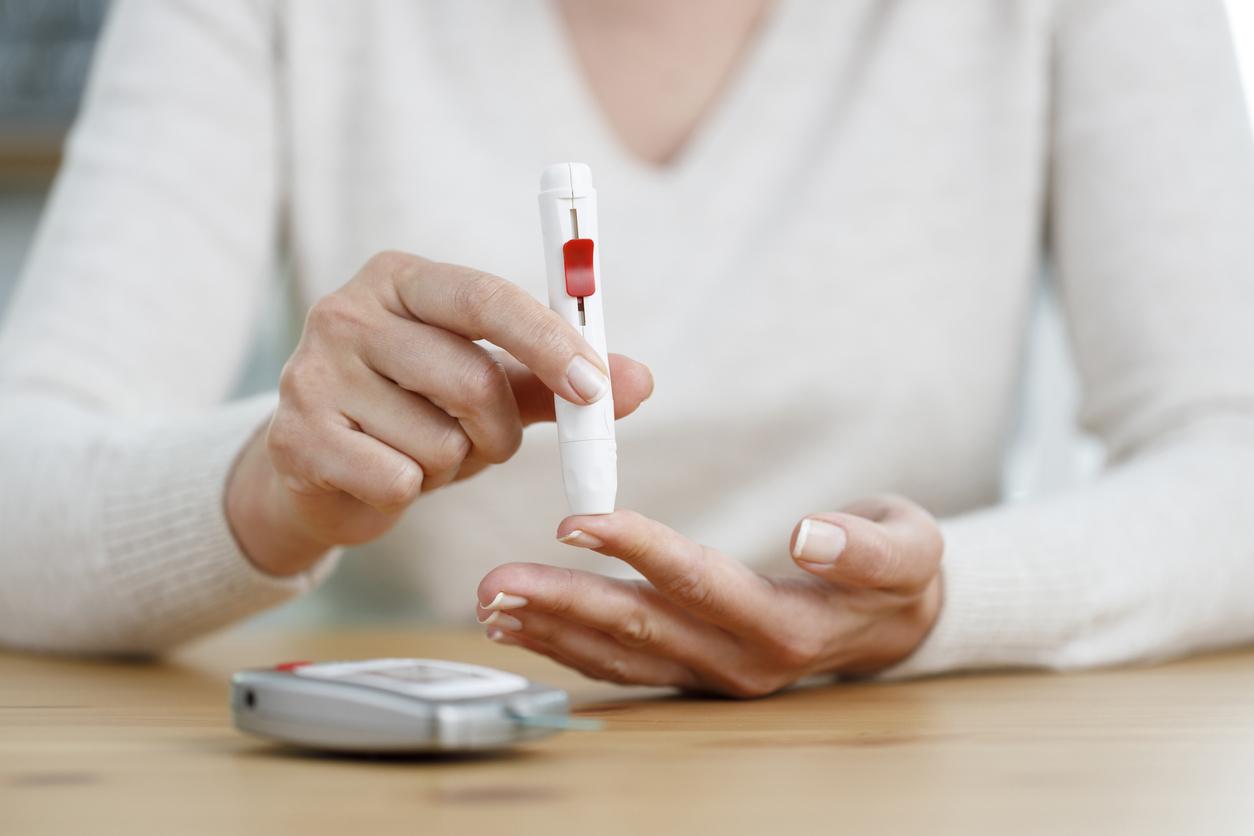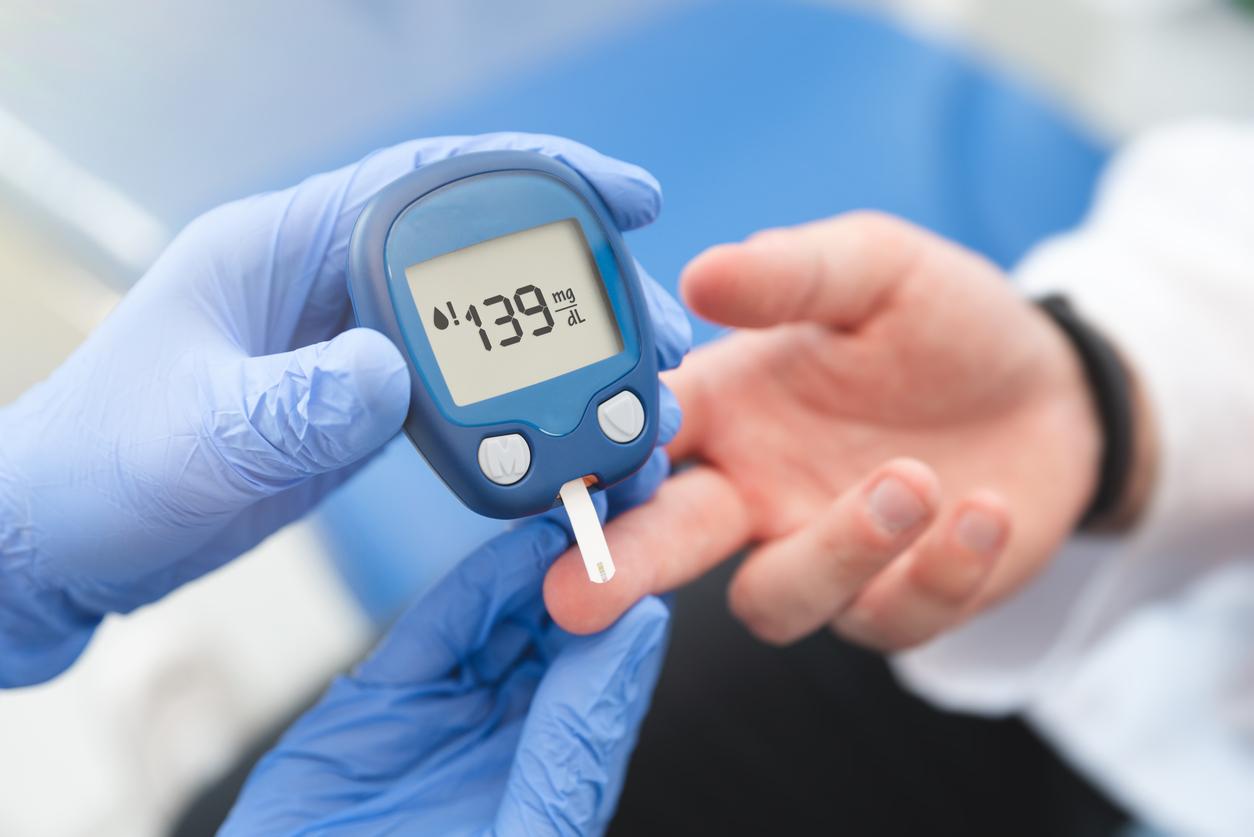Type 1 diabetes is not just a “disease that begins in childhood” as it was previously believed: it also occurs in adults. But the diagnosis is most often not made.

Long considered “children’s diabetes”, type 1 diabetes is also thought to often occur in adults. A study conducted by the University of Exeter Medical School, using the C peptide assay, found that more than 40% of type 1 diabetes cases occur after 30 years. This diagnostic defect is not without consequences for the treatment and prevention of complications of the disease. This is what emerges from a study published in the British Journal of General Practice.
40% of type 1 diabetes after 30 years
Many people who develop diabetes after age 30 are immediately labeled as type 2 diabetes by doctors, otherwise known as diabetes of maturity. As a first-line treatment, they therefore do not receive the treatment for type 1 diabetes, which is insulin, an insulin that is nevertheless essential to control their blood sugar level since their pancreas no longer or hardly produces any.
The distinction between type 1 diabetes and type 2 diabetes affects the treatment required. For the first, the immune cells destroy the insulin-producing “beta cells” in the pancreas, which results in “insulinopenia”, while in the second case, there is always insulin produced by the pancreas, but it is not able to play its role because there is an “insulin resistance”: the treatment then consists in stimulating the pancreas so that it produces more of it and that it ends up playing its role.
Danger of death
The research team concluded that it is crucial to diagnose type 1 diabetes in adults in order to treat it appropriately from the outset and to avoid the complications, or even death, caused by insufficient blood pressure. insulin. They observe that one in nine adults with diabetes admitted to hospital has “diabetic ketoacidosis”: a potentially fatal complication that develops when patients have type 1 diabetes and do not receive the insulin needed to penetrate. sugar in the cells of the body.
Review the training of physicians
“Diabetes textbooks for physicians say that type 1 diabetes is a disease that occurs almost exclusively in childhood, but our study shows that it is widespread throughout life,” says Dr. Richard Oram. , senior lecturer at the University of Exeter. “Many doctors recognize that most adults with signs of diabetes will be diagnosed primarily as type 2 diabetes. Yet this is a mistake that must evolve if we are to avoid unnecessary deaths.”


.

















